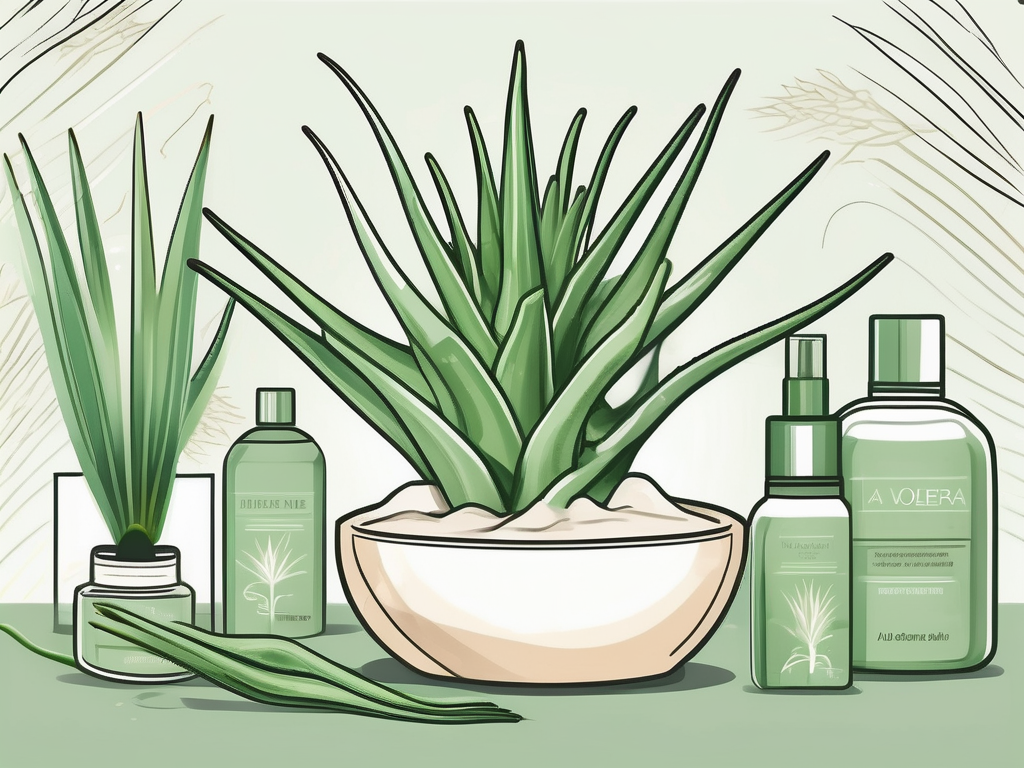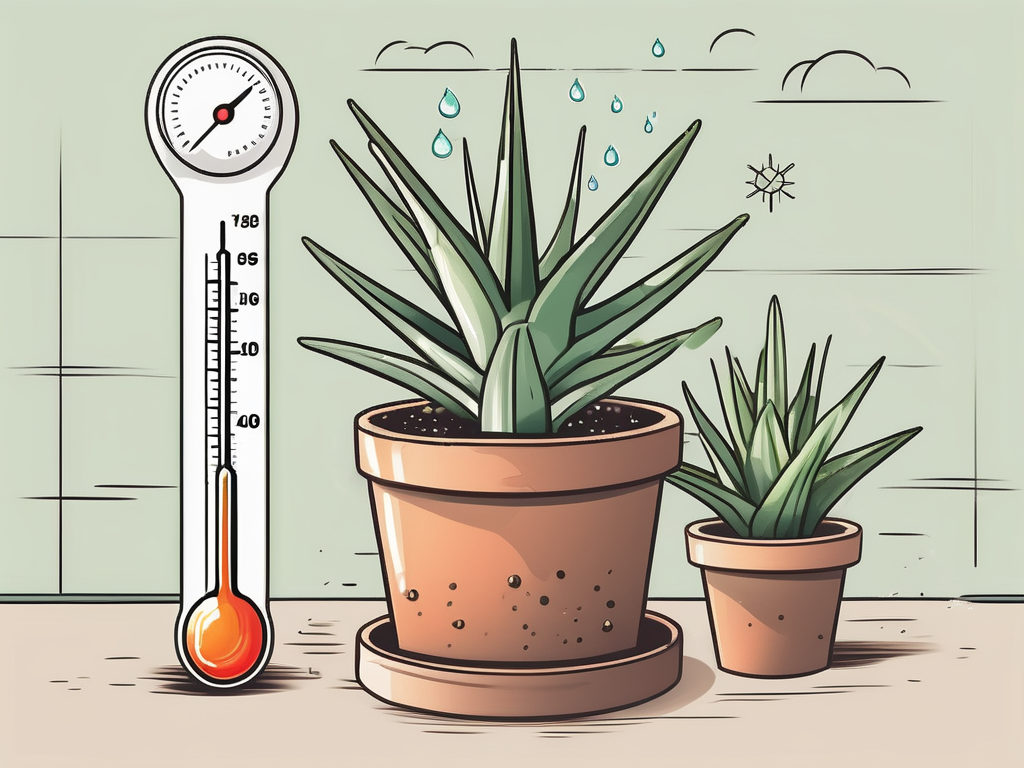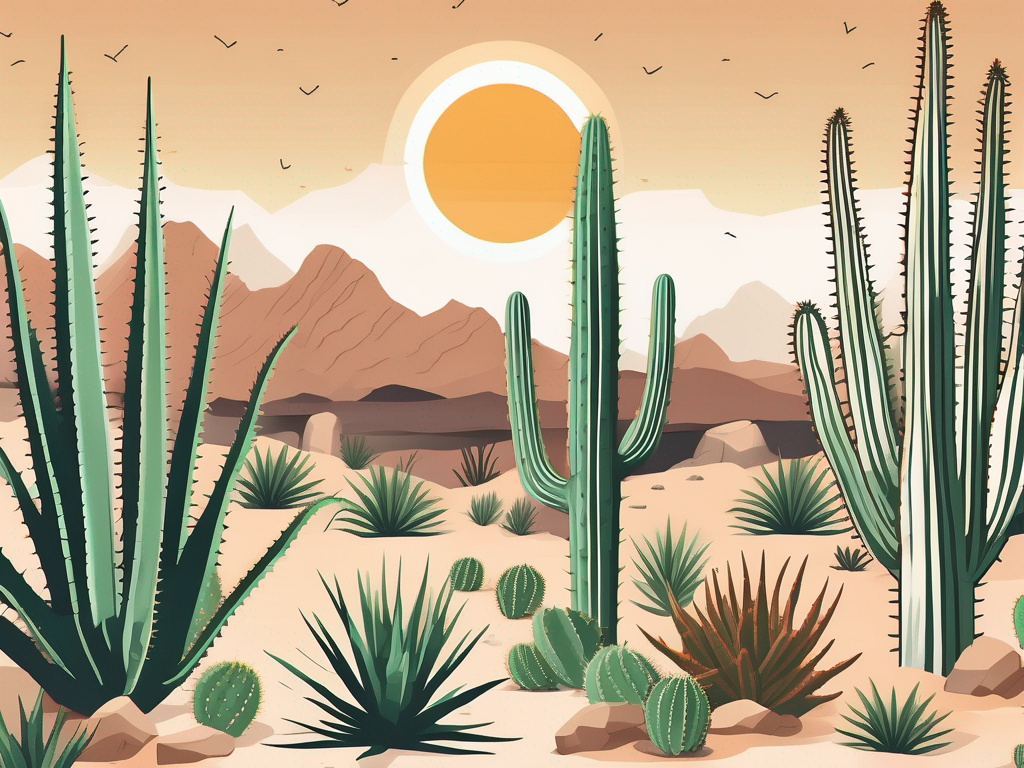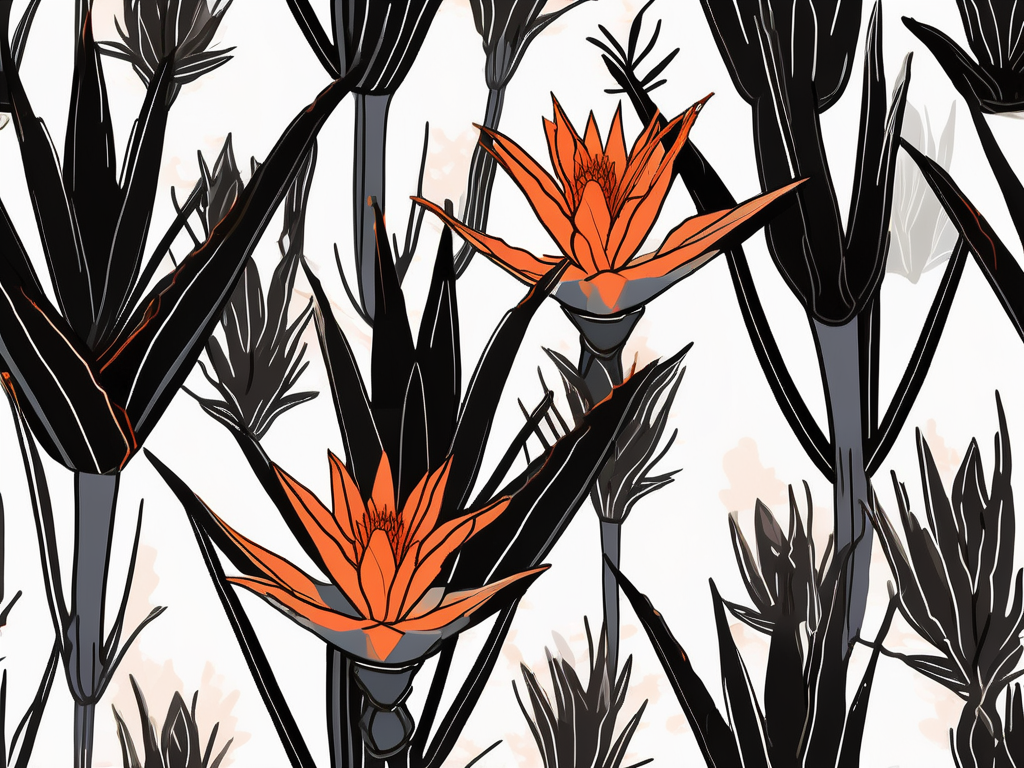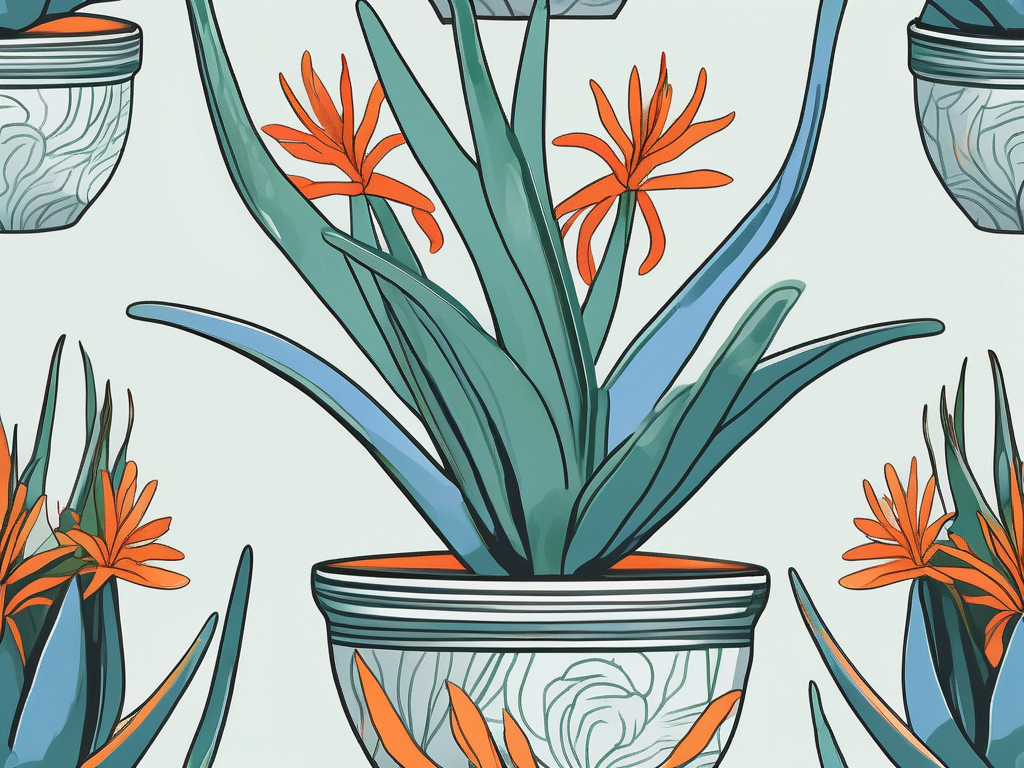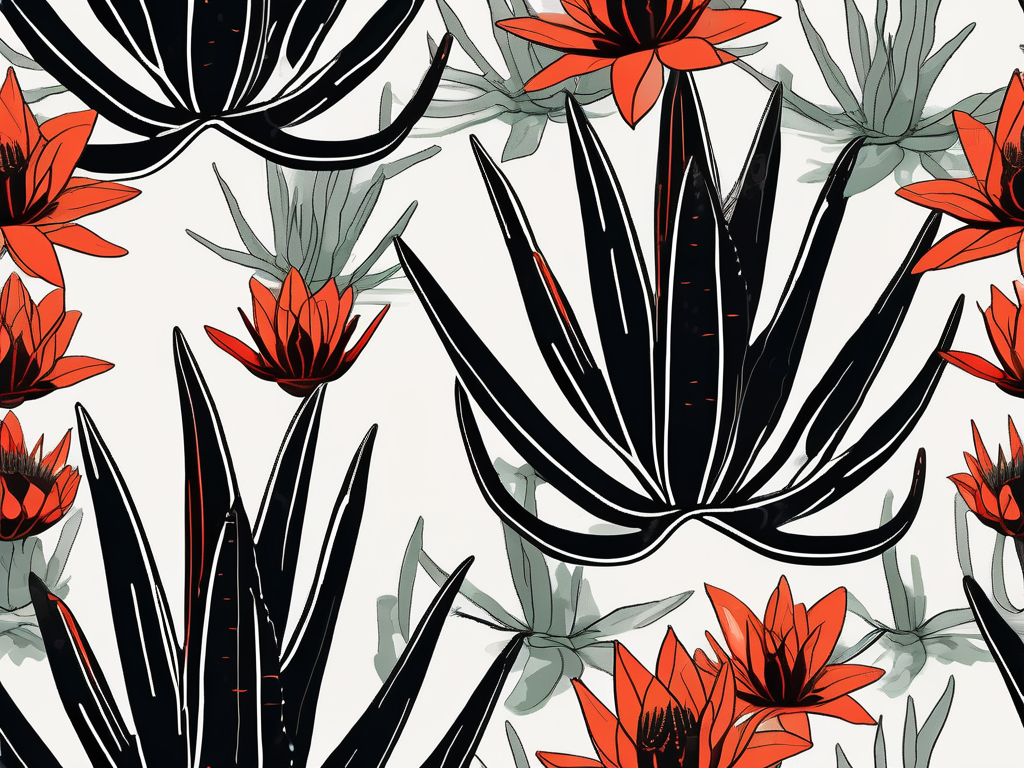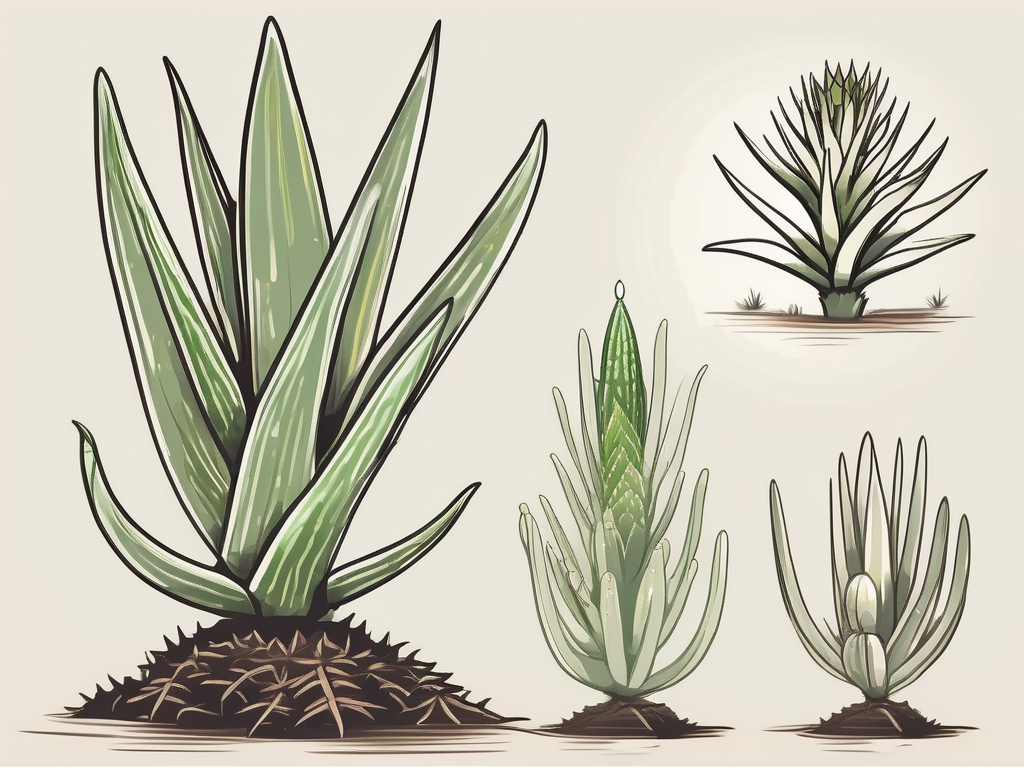
Black Gem Aloe, also known as Aloe 'Black Gem', is a stunning succulent that can add a touch of elegance to any room with its dark, glossy leaves. Its manageable size and low maintenance needs make it a favorite among plant lovers, whether you're new to the hobby or a seasoned pro. But like all plants, it has its quirks and preferences.
In this guide, we'll chat about everything you need to know to keep your Black Gem Aloe thriving. From watering schedules to dealing with pests, potting choices to creating a cozy spot in your home, we'll cover it all. So, grab a cup of tea, settle in, and let's start your Black Gem Aloe journey!
Understanding Your Black Gem Aloe
Before diving into the nitty-gritty of care, it's important to get to know your plant a bit better. The Black Gem Aloe is a hybrid succulent, celebrated for its rich, dark green to almost black leaves. These leaves form a rosette pattern, offering a striking visual that's hard to ignore.
This plant is a hybrid, often involving Aloe nobilis and Aloe perfoliata, which gives it a unique appearance and resilience. It's small enough to fit on a windowsill but bold enough to be a standalone piece in your plant collection.
Interestingly enough, the Black Gem Aloe is not just a pretty face. Its leaves can store water, making it drought-tolerant and ideal for people who might occasionally forget to water their plants. It's a perfect companion for anyone who loves the idea of plants but might not have a green thumb—or, at least, not yet!
Light Requirements
Let's talk sunshine! Like many succulents, Black Gem Aloe loves bright, indirect light. A south or east-facing window would be ideal. If you notice the leaves losing their vibrant color, it might be a sign that your plant isn't getting enough light.
However, be cautious about too much direct sunlight, especially during the height of summer. Direct sunlight can scorch the leaves, leading to unsightly brown spots. If your plant is outside, a spot with some afternoon shade can help prevent sunburn.
For those in less sunny climates or during the darker winter months, consider supplementing with a grow light. This can help maintain the plant's health when natural light isn't sufficient. Just make sure the light isn't too intense or too close, as this can cause overheating.
Watering Needs
Watering can be tricky, but it doesn't have to be! The Black Gem Aloe prefers the "soak and dry" method. This means you should water thoroughly, allowing water to drain out of the bottom of the pot, then wait until the soil is completely dry before watering again.
Overwatering is the number one cause of succulent woes. Too much water can lead to root rot, which is often fatal for plants. On the flip side, underwatering is less common but can lead to shriveled leaves. If in doubt, it’s better to err on the side of dryness.
During the growing season (spring and summer), you might water more frequently, roughly every 2-3 weeks, depending on your environment. In winter, cut back significantly, possibly to only once a month, since the plant's growth slows down.
Soil and Potting
Good drainage is key for Black Gem Aloe. You’ll want a cactus or succulent mix that allows water to pass through easily. If you're mixing your own, consider a blend of potting soil, sand, and perlite.
When it comes to pots, there are a few things to keep in mind:
- Material: Terracotta is a popular choice because it absorbs moisture, helping prevent overwatering.
- Size: Choose a pot that's not overly large. A snug fit encourages healthy root growth.
- Drainage: Ensure your pot has drainage holes to prevent water from pooling at the bottom.
Repotting isn't something you'll need to do often. Every 2-3 years should suffice, or when you notice the roots outgrowing their pot. Repotting is best done in the spring when the plant is gearing up for its growth period.
Temperature and Humidity
Black Gem Aloe is quite adaptable but thrives in temperatures between 65°F and 80°F (18°C - 27°C). It can tolerate lower temperatures, but anything below 50°F (10°C) might stress the plant.
Humidity is usually not a concern for this succulent. It prefers drier conditions, typical of most households. If you live in a particularly humid area, ensure good air circulation to prevent any fungal issues.
If you're moving your plant outdoors during warmer months, ensure it's acclimated gradually to the temperature change. Sudden shifts can cause stress and affect its health.
Feeding Your Aloe
Feeding isn't as frequent with succulents as with other houseplants. During the growing season, you can fertilize your Black Gem Aloe once a month with a balanced, water-soluble fertilizer diluted to half strength.
In the fall and winter, when growth slows down, it's best to hold off on fertilizing. Over-fertilizing can lead to salt buildup in the soil, which can harm the plant.
A little goes a long way, so be gentle with the nutrients you provide. Keeping a regular schedule during the growing months will support healthy growth and vibrant leaves.
Dealing with Pests and Problems
While Black Gem Aloe is generally pest-resistant, it's not immune. Common pests include mealybugs and aphids. If you spot any, a gentle wipe with a cotton swab dipped in rubbing alcohol can help remove them.
Fungal issues can arise if the plant is kept too moist or in high humidity. Ensure good air circulation and allow the soil to dry between waterings to prevent this.
Keep an eye out for signs of distress, such as:
- Yellow leaves: This can indicate overwatering or insufficient light.
- Brown tips: Often a sign of underwatering or too much direct sunlight.
- Wilting: Can be due to root rot or extreme temperature changes.
Regularly inspecting your plant will help catch any issues early, making treatment easier and more effective.
Creating a Home for Your Aloe
Part of the joy of plant care is finding the perfect spot in your home for your plant. With its striking appearance, Black Gem Aloe can be a beautiful addition to your decor.
Consider placing it:
- On a windowsill where it gets ample light.
- On a shelf with other succulents for a cohesive look.
- In a decorative pot that complements your room’s color scheme.
Remember, aesthetics are important, but the plant's well-being comes first. Ensure the location meets its light and temperature needs.
Propagation Tips
If you're looking to expand your collection or share with friends, propagating Black Gem Aloe is straightforward. The most common method is through offsets or "pups" that grow at the base of the plant.
Here's a quick step-by-step:
- Wait until the offset is about a quarter of the parent plant's size.
- Gently remove the offset, ensuring it has some roots attached.
- Let it dry for a day to allow any wounds to callus over.
- Plant in a small pot with succulent soil mix.
- Water sparingly until established.
This process can be exciting and rewarding, allowing you to enjoy and share your love for Black Gem Aloe.
Final Thoughts
Caring for a Black Gem Aloe can be a delightful experience, offering both a touch of nature and a striking visual appeal to your home. With the right light, watering routine, and occasional feeding, your plant will thrive and become a cherished part of your indoor garden.
At Cafe Planta, we're passionate about helping you make the most of your plant journey. Whether you're just starting out or expanding your collection, we've got a variety of houseplants and accessories to suit your needs. Have questions? Feel free to email us or drop a message on our Instagram. Let's grow together and bring a bit of nature into our homes!















